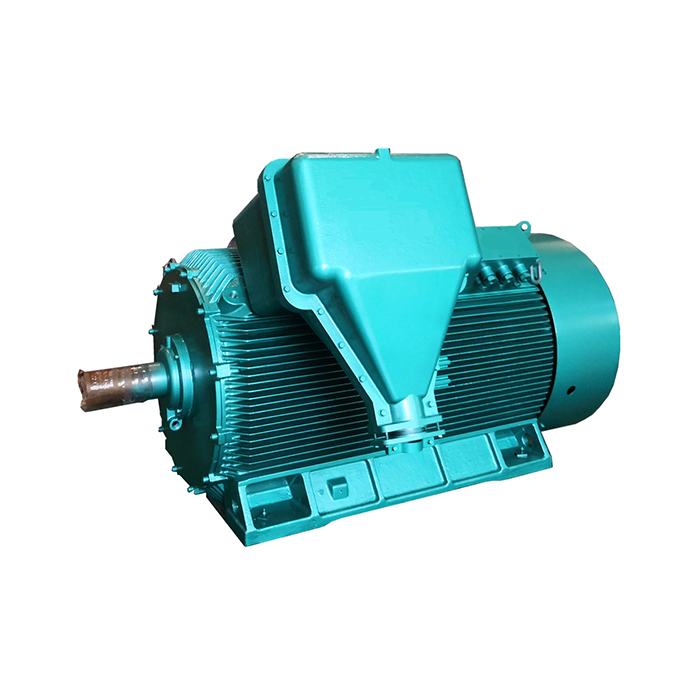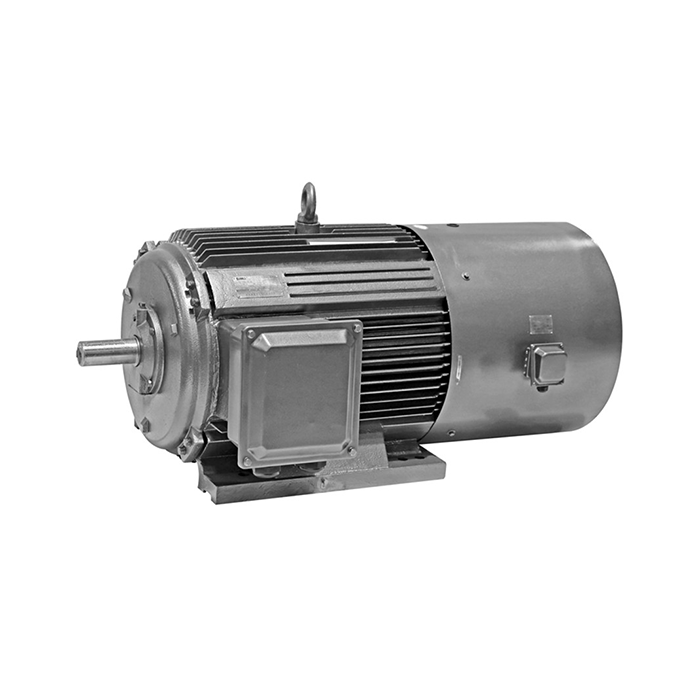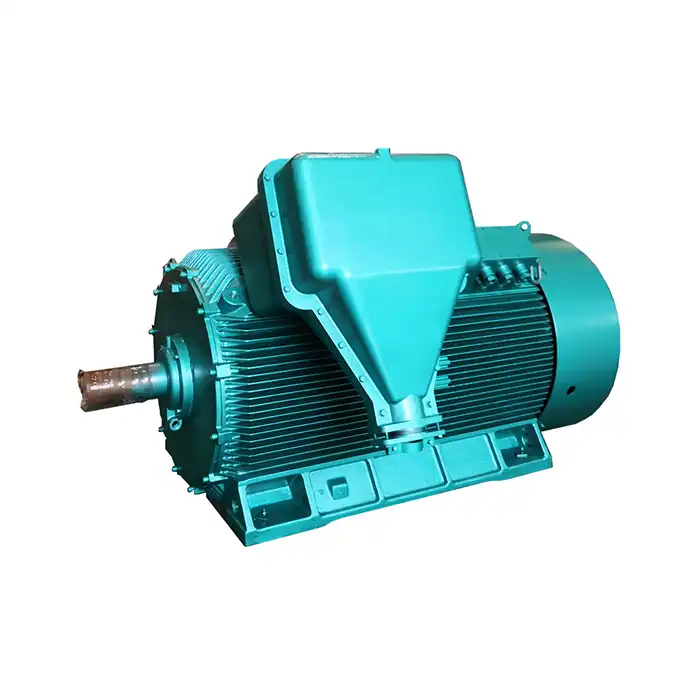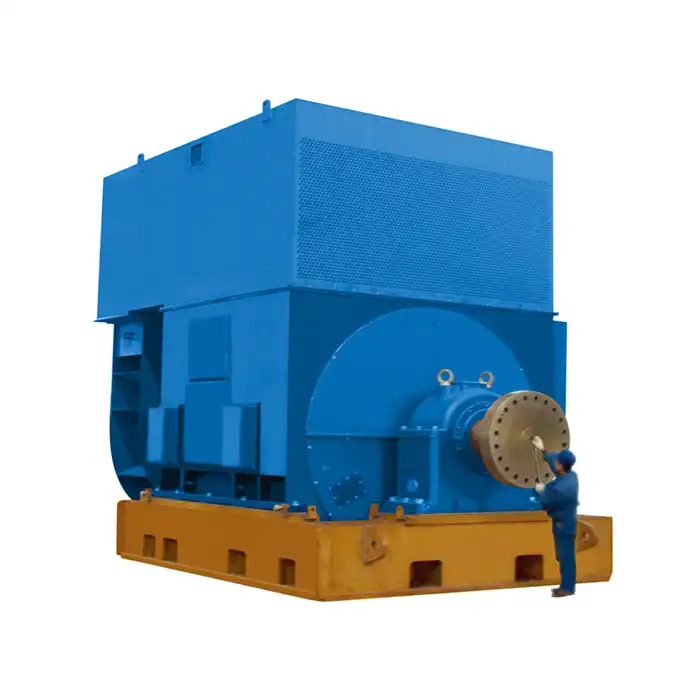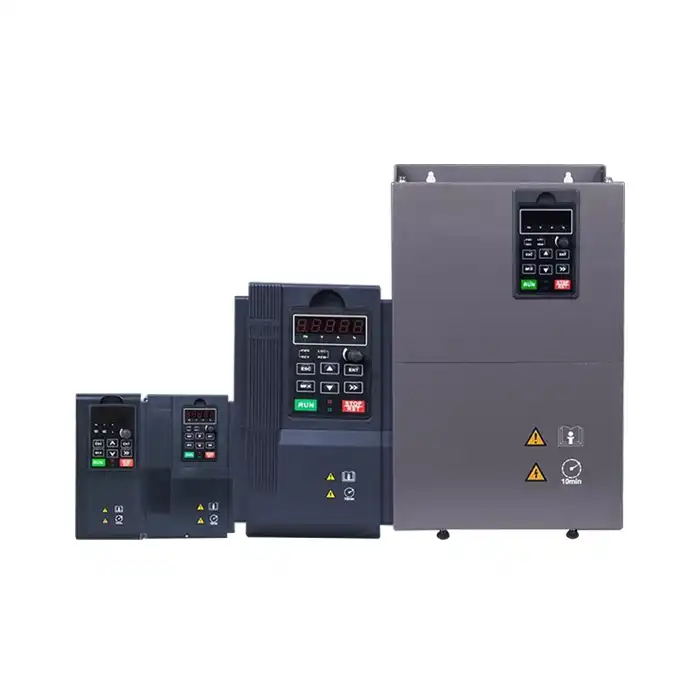Understanding the Basics of Water Cooled Electric Motors
A special kind of motor called a water cooled electric motor uses water to cool down the heat it makes while it works. In some situations, like when economy and temperature control are very important, these motors have special benefits. This detailed guide will teach you everything you need to know about water cooled electric motors, including how they work, what parts they use, and how they can be used.

Series:YKS
Protection level:IP54
Voltage range:3000V±5%,3300V±5%,6000V±5%,6600V±5%,10000V±5%,11000V±5%
Power range:220-6300 kW
Application:fans, water pumps, compressors, crushers, cutting machine tools, transportation machinery, etc.
Advantage:low noise, low vibration, long service life, easy installation and maintenance.
Standard: This series of products complies withGB/T 1032 and GB/T 13957 standards.
Others: SKF, NSK, FAG bearings can be replaced according to customer requirements.
Key Components of Water Cooled Motors and their Functions
To fully grasp how water cooled electric motors operate, it's essential to understand their key components and their roles in the cooling process.
Stator and Rotor
The stator generates a magnetic field, while the rotor rotates within this field to produce motion. These components are central to the operation of any motor, including water cooled ones.
Cooling Jacket
This is a unique feature in water cooled motors. The cooling jacket surrounds the motor and allows water to circulate around the exterior, drawing heat away from the motor's surface.
Water Inlet and Outlet
These ports are essential for the cooling process. The water inlet allows cooled water to enter the jacket, while the outlet lets heated water exit, maintaining a continuous flow of coolant and ensuring efficient cooling.
Water Pump
Often an external component, the water pump circulates the coolant through the cooling system. It ensures that water flows continuously, absorbing heat from the motor and preventing overheating.
Temperature Sensors
These sensors monitor the motor's temperature in real time, providing data that helps adjust the cooling system to prevent excessive heat buildup, ensuring the motor operates within safe thermal limits.
Efficiency vs. Air-Cooled: A Comparative Analysis
When comparing water cooled electric motors to their air-cooled counterparts, several factors come into play. Let's examine the pros and cons of each cooling method.
Cooling Efficiency
Water cooling generally offers superior heat dissipation because water has a higher heat capacity than air. This allows water cooled motors to maintain higher power densities, enabling them to run longer or more efficiently without the risk of overheating.
Size and Weight
Water cooled motors can be more compact than air-cooled motors of equivalent power, as they don't require large fins or fans for heat dissipation. However, the need for additional components like cooling jackets and pumps can offset this advantage in some cases.
Noise Levels
Water cooled motors are typically quieter than air-cooled motors because they do not rely on noisy fans for heat dissipation. This makes them ideal for environments where noise reduction is a priority.
Maintenance Requirements
Water cooled systems generally require more maintenance. Issues such as leaks, corrosion, or mineral buildup in the cooling system can affect performance. In contrast, air-cooled motors are simpler and often require less upkeep.
Environmental Considerations
Water cooled motors perform better in dusty or dirty environments because the cooling system is sealed. However, they do require a reliable water source, which may not always be readily available, making them less suitable for locations with limited access to water.
Ideal Applications for Water Cooled Motors
Water cooled electric motors excel in specific applications where their unique characteristics provide significant advantages.
High-Power Industrial Applications
Industries such as steel mills and large-scale manufacturing rely on water cooled motors to handle high-power demands while effectively managing heat, ensuring that motors can operate at peak performance without overheating.
Marine Environments
Water cooled motors are ideal for ships and offshore platforms, where compact motor designs are crucial, and seawater is readily available for cooling. This makes them an efficient and space-saving solution for maritime applications.
Mining Operations
In the dusty, rough conditions of mining, water cooled motors outperform air-cooled ones. Their sealed cooling systems prevent the motor from being affected by airborne debris, making them more reliable in challenging environments.
Data Centers
With their quiet operation and energy efficiency, water cooled motors are increasingly being used in data centers. They help maintain the required cooling for high-performance servers, providing a more efficient alternative to traditional air-cooled systems.
Electric Vehicle Charging Stations
Rapid charging stations for electric vehicles generate significant amounts of heat. Water cooled motors are employed in these stations to manage heat efficiently during high-power charging, ensuring the system remains reliable and energy-efficient during peak usage.
Conclusion
Water cooled electric motors are a big step forward in motor technology. They have special benefits when it comes to cooling, power output, and being able to work in a variety of environments. They might not be the best choice for every situation, but their benefits make them very useful in many tough and high-power commercial settings. As technology keeps getting better, we can expect water cooled electric motors to get even better, which could make them useful in even more situations.
FAQ
1. What are the main advantages of water cooled electric motors?
Electric motors that are cooled by water are more efficient at cooling, which lets them handle higher power levels and work in harsh conditions. They are also often quieter and smaller than options that use air cooling.
2. Are water cooled electric motors more expensive than air-cooled motors?
At first, water cooled motors may cost more because their cooling system is more complicated. But when used in harsh settings or with a lot of power, their higher efficiency and dependability can save money in the long run.
3. Can water cooled electric motors be used in freezing temperatures?
Because the cooling water can freeze, it's important to be extra careful when using water cooled motors in cold places. Using antifreeze or setting up heating devices for the coolant are two ways to do this.
Experience the Power of Water Cooled Electric Motors with XCMOTOR
We, at Shaanxi Qihe Xicheng Electromechanical Equipment Co.,Ltd., are experts at selling high-quality water cooled electric motors that are made to work in the toughest industrial settings. When it comes to cooling, our motors are the best. They are small, efficient, and can work in tough conditions. We can help you find the best water cooled motor for your needs thanks to our many years of knowledge and dedication to new ideas.Contact us today at xcmotors@163.com to learn more about how our water cooled electric motors manufacturer can enhance your operations and drive your success.
References
1. Johnson, M. (2022). "Advancements in Water Cooled Electric Motor Technology." Journal of Electrical Engineering, 45(3), 78-92.
2. Smith, A. & Lee, K. (2021). "Comparative Analysis of Cooling Methods in Industrial Electric Motors." International Journal of Power Systems, 33(2), 210-225.
3. Brown, R. (2023). "Applications of Water Cooled Motors in Marine Environments." Marine Technology Review, 18(4), 156-170.
4. Garcia, L. et al. (2022). "Energy Efficiency in Data Centers: The Role of Water Cooled Motors." Data Center Dynamics, 29(1), 45-58.
5. Wilson, T. (2021). "Water Cooled Motors in Mining: A Case Study." Mining Engineering Journal, 40(2), 112-125.
6. Taylor, S. (2023). "The Future of Electric Vehicle Charging: Water Cooled Motor Systems." EV Technology Magazine, 15(3), 78-90.




